A healthy diet is vital to optimal training and performance. Therefore, it’s a good idea to incorporate a BJJ diet plan into your daily routine.
But don’t consider it dieting! Just like training, a Jiu Jitsu diet is a lifestyle. The idea is not to cut calories but to decide what and when to eat to provide maximum nutrition and energy to your body.
Why Diet Is Important For Jiu Jitsu
Jiu Jitsu is a physically demanding total body workout that combines aerobic conditioning and strength training. Hard rolls push your cardio limits, while heavy pressure tests your muscular endurance and strength. Some say that Jiu Jitsu is the most challenging workout they’ve ever had.
To sustain your body through class, open mat, and competitions, you need to make the right dietary choices. While this can look as simple as “eating clean,” to truly maximize your benefits you’ll want to consider a wide array of diet choices.
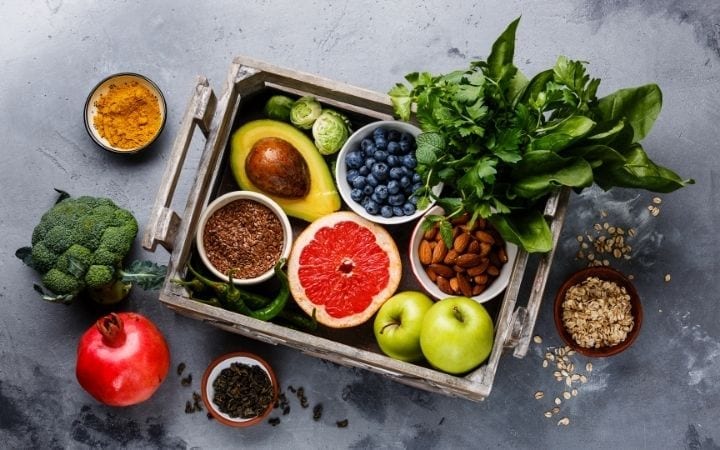
Caloric intake, macro (protein, carbs, and fat) percentage, and nutrient timing are critical to your performance.
Overeating is always a recipe for disaster. Knowing how much and when to eat will allow you to increase your energy efficiency during training and aid recovery after training.
Each different macro acts differently in your body, and some are better put to use during heavy training days while others are better for rest days. Nutrient timing, or eating certain macros at specific times can help your body use them efficiently to improve athletic performance.
For example, fats take much longer to digest in the body than protein or carbs. Therefore, protein and carbs are a better choice for pre or post-workout snacks than fats are. On the other hand, a high-fat percentage can work well on rest days because they help keep you full longer since they are slower to digest.
6 Ways To Fuel Your Training With A Jiu Jitsu Diet
A good energy-boosting diet can tremendously increase a BJJ athlete’s performance. Knowing the right types of food to eat (whole foods vs. energy drinks), as well as the right amounts and timing, can take your game to another level. The following tips will help you create a Jiu Jitsu diet that’s right for you:
1. Eat the right type of carbs
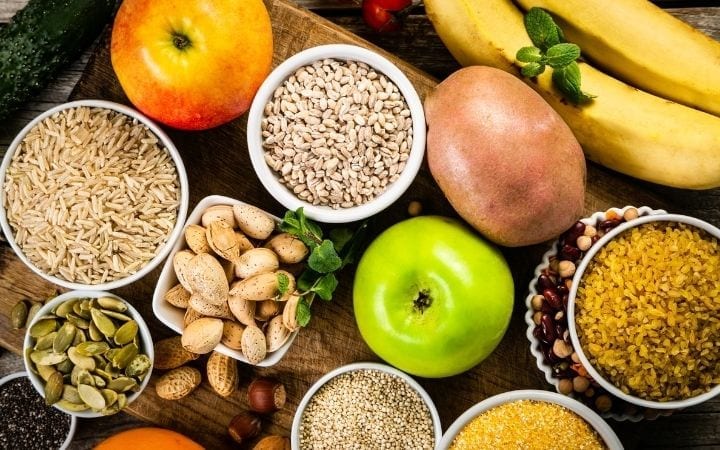
There are two types of carbohydrates (carbs): simple and complex. Simple carbs are sugars that rapidly increase blood glucose in the body. This glucose spike is short-lived which is why those who eat a lot of sugar experience crashes.
Complex carbs are present in foods such as whole grain breads and pastas but also include fiber found in fruits and vegetables. Fiber has numerous health benefits for athletes. It regulates the digestive system, contributes to heart health, and helps boost the immune system.
Complex carbs paired with a small amount of protein is an excellent pre or post-workout snack because they are quickly digestible and produce energy quickly in the body.
While simple carbs will cause you to crash during training, complex carbs from whole foods will give you sustainable energy for your entire training session.
Some examples of great pre-workout snacks are:
• Fruit and peanut butter or nuts
• Carrots (or any vegetable) and hummus
• Fruit and yogurt
• Granola and yogurt
2. Meal timing
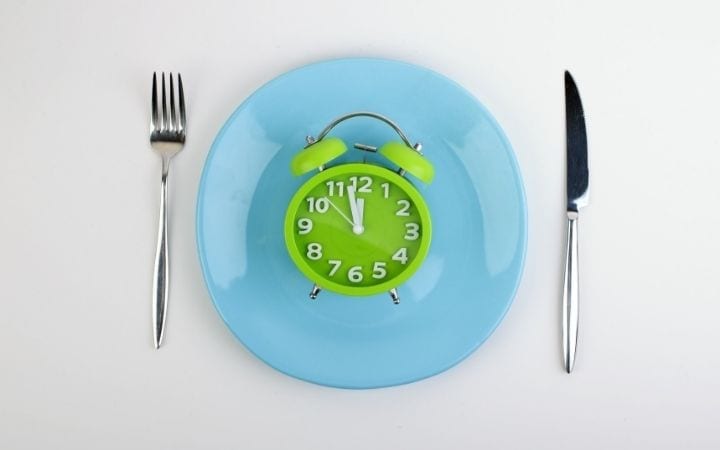
To distribute energy throughout your body at the best times, you need to time out your meals or nutrients. First, determine your daily caloric intake, or the amount of calories you need to ingest in a day. Then calculate your macros, the amount of protein, carbs, and fat you need to eat per day.
You can also calculate different macros for different days. On rest days, I like to take in more fats to aid in recovery, so my fat intake percentage is higher. On training days, my carb intake is higher to support the energy I need to train at my best.
Once you have your daily macro percentages set, you can plan your meals throughout the day. On training days, I eat more fats at breakfast and leave most of my carbs for pre and post-workout snacks or meals, depending on what time I train. My protein intake stays consistent throughout the day.
3. Digestibility
Be sure to include foods that reduce inflammation in the body. These foods will leave you feeling in the best shape to take on an opponent during training or competition.
Foods that contain trans fats, sugar, gluten, and alcohol can promote irritation and inflammation. On the other hand, foods like berries, bananas, leafy green vegetables, and even dark chocolate are believed to reduce inflammation.
4. Meal size
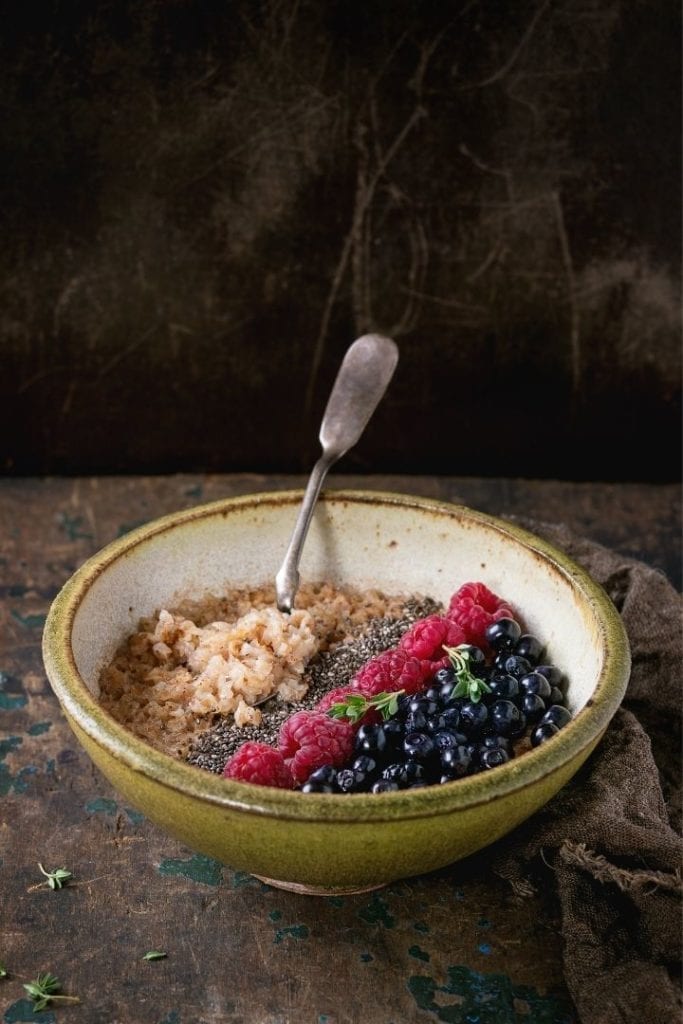
Once you have a plan in place for daily caloric intake and macros percentages, it’ll be easier to plan out your meals and portion sizes. You don’t want to overeat any macro per day, as well as per meal.
Protein is a crucial nutrient that has its limits as far as digestibility. Past a certain point your body is unable to utilize more protein for muscle development and simply utilizes it for calories. Any excess calories from protein are simply stored as fat. Aim for 25-30 grams of protein for each meal.
A consensus for carbohydrates is that one should eat between 45 and 60 grams per meal. Keep in mind that you can adjust this number according to your macro plan. From here, you can change your amount of fats per meal accordingly.
I aim for 500 calorie meals and then divvy the rest of my calories into snacks. Apps like MyFitnessPal can help in creating a solid Jiu Jitsu diet.
MyFitnessPal tracks caloric intake, macros per day, and per meal. Once you enter your desired daily calories and macro percentages, the app will automatically calculate how many grams of each macro you need daily.
5. Going Liquid
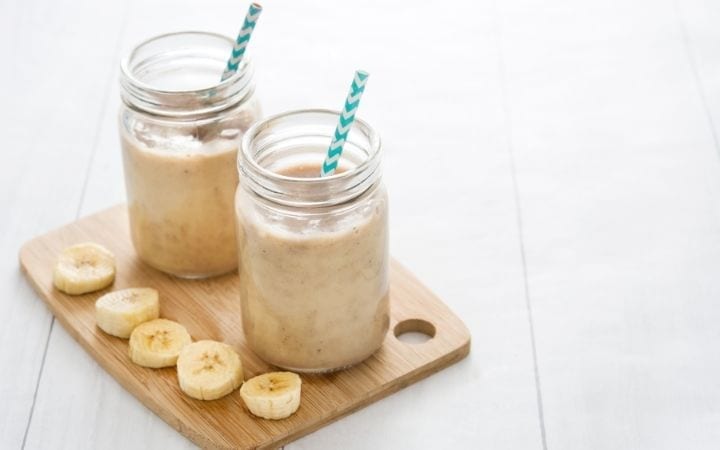
Smoothies are a great way to fuel up before training or use as post-training recovery, but be cautious when using them as meal replacements. Nothing can ever substitute for real whole foods.
But if you choose to use smoothies for snacks or the occasional meal replacement, make sure it’s well rounded and includes all of your macros. A good standard is to use protein powder, fruit for carbs, and either nut butter or medium-chain triglycerides (MCT) oil for fats.
My favorite smoothie is a scoop of chocolate protein powder, a cup of almond milk, a cup of frozen strawberries, and a tablespoon of MCT oil. MCT oil is a great way to add healthy fats to your diet and is easily digestible.
If you use smoothies for pre or post-workout snacks, skip the fats since they take much longer to digest. Stick with protein and carbs since you’ll get most of your energy from the carbs, and the protein will help aid in recovery.
6. Pre-workout supplements
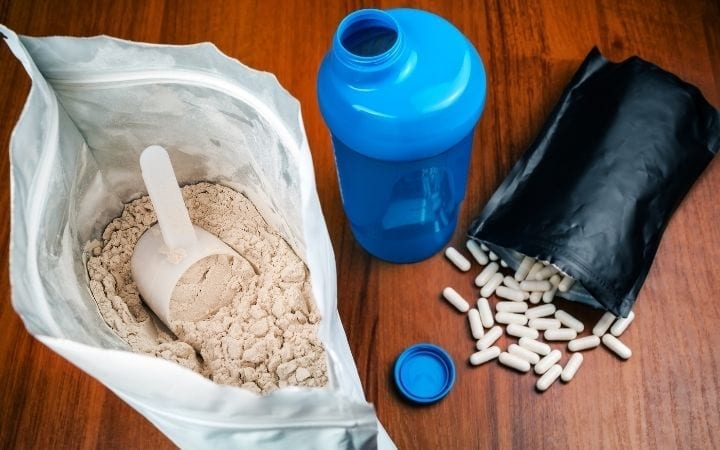
Stay away from energy drinks. They’re loaded with sugar and caffeine and are a recipe for disaster when it comes to training. However, some pre-workout supplements can help boost your overall energy and endurance because they fuel your body with nutrients.
My favorite pre-workout supplement is branch chain amino acids (BCAAs), which include leucine, isoleucine, and valine. These are essential amino acids that your body needs to recover and repair tired muscles. Since I started drinking BCAAs, I rarely gass out during rolls and feel great overall after training.
Any pre-workout supplements containing the amino acids beta-alanine, l-arginine, or l-carnitine are also great for BJJ training. Beta-alanine reduces the build up of lactic acid and helps aid in recovery and prevent muscle soreness. L-arginine increases blood flow and oxygenation, and l-carnitine increases energy.
Creatine is also a widely used pre-workout supplement. It provides energy during workouts and helps aid in the recovery and repair of muscles.
Focusing On Healthy Food Choices
Remember, nothing is a substitute for healthy food. When it comes to carbs, stay away from processed bread and pasta as much as you can. Instead, stick to whole grain options, rice, oats, and barley. Veggies are also a must, as they are high in fiber, vitamins, and minerals.
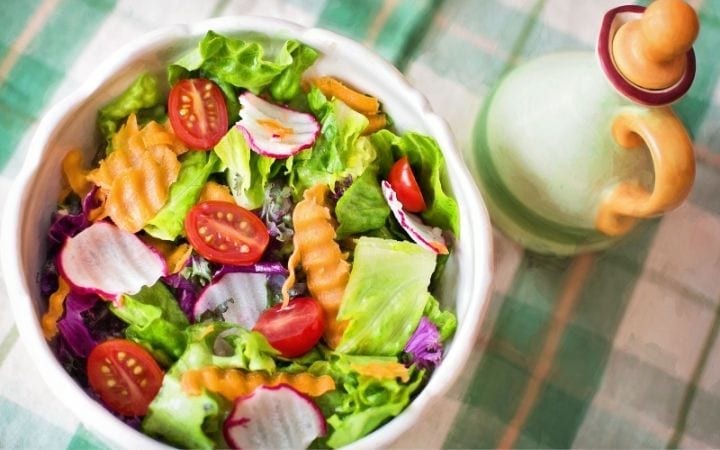
Choose healthy fats such as avocados, coconut oil, and nuts rather than fried foods. Lean proteins such as chicken, grass-fed beef, and bison are also great choices.
Make sure every plate you make is diverse and has a combination of protein, carbs, fats, and vegetables. Snacks should consist of a combination of two macros, depending on your training schedule.
Summary
Pairing a diet of well-rounded, healthy meals with your training regime will help you progress in Jiu Jitsu. A good Jiu Jitsu diet will increase your energy and performance tenfold and help your body recover quickly and effectively. When you turn your Jiu Jitsu diet into a healthy lifestyle, you will enable your body to sustain BJJ training long term.
Kimberly is a Jiu Jitsu purple belt who also holds a black belt in Siljun Dobup Korean Sword Arts. When she’s not on the mats, she enjoys immersing herself in nature or a good book. She trains in New Jersey with her 9-year-old son.
